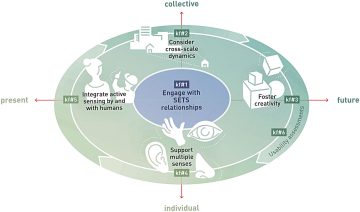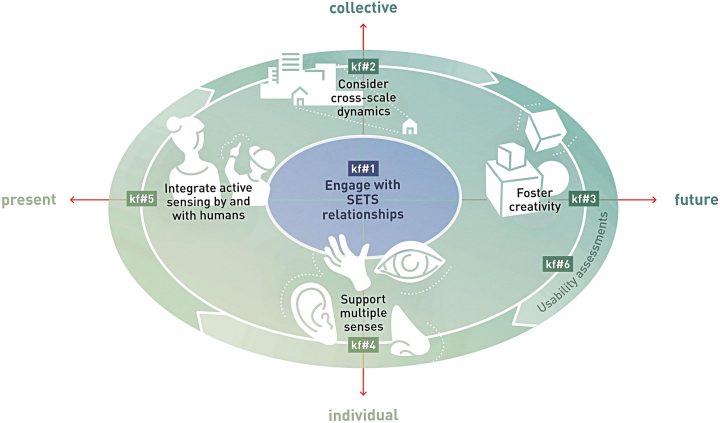3D digital environments – six key factors for sustainability
Nora Fagerholm, Department of Geography and Geology, University of Turku
The unprecedented expansion of digital technologies has led to a rapid increase in the development and application of 3D digital environments for landscape and urban planning in the past two decades. Considering the significant challenges in guiding human societies towards sustainability, these technologies must not only assist decision-makers in adapting to changes but promote fast, transformative shifts in the relationship between human societies and nature.
Based on a set of global exemplars, we outlined outlines six key factors that can enhance efficacy of 3D digital environments to guide knowledge-informed landscape and urban planning. We call for (1) explicitly representing dynamic interplay between the social, ecological, and technical systems, (2) exploring the integration of design with simulation models to address cross-scale dynamics, (3) developing features to foster imagination, (4) employing multisensory stimuli to encourage profound changes in environmentally and socially sustainable behavior, (5) tailoring the incorporation of active sensing by and with non-experts into 3D digital environments to better acknowledge indigenous and local knowledge systems, and finally, (6) carrying out a usability evaluation to facilitate participation and collaboration in an efficient co-creation process.
We conclude by recommending the establishment of a collaborative knowledge platform that unites researchers, developers, and stakeholders for stimulating social-ecological-technological system thinking in the development of 3D digital environments and harnessing the technological advancements to accelerate and drive the needed transformative change within urban and landscape planning.

Fig. 2. Six key factors and their interconnections for applying 3D digital environments to help steer transformation towards sustainability.
Gret-Regamey, A. & Fagerholm, N. (2024). Key factors to enhance efficacy of 3D digital environments for transformative landscape and urban planning. Landscape and Urban Planning 244, 104978. https://doi.org/10.1016/j.landurbplan.2023.104978
